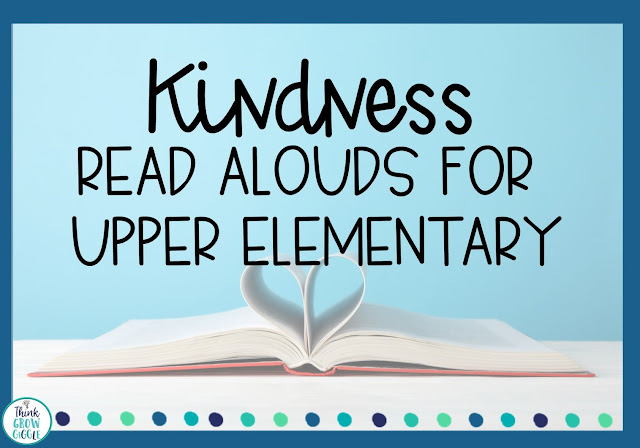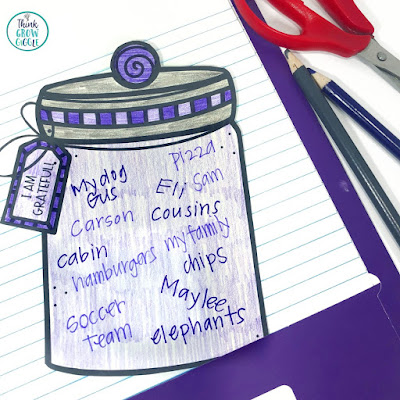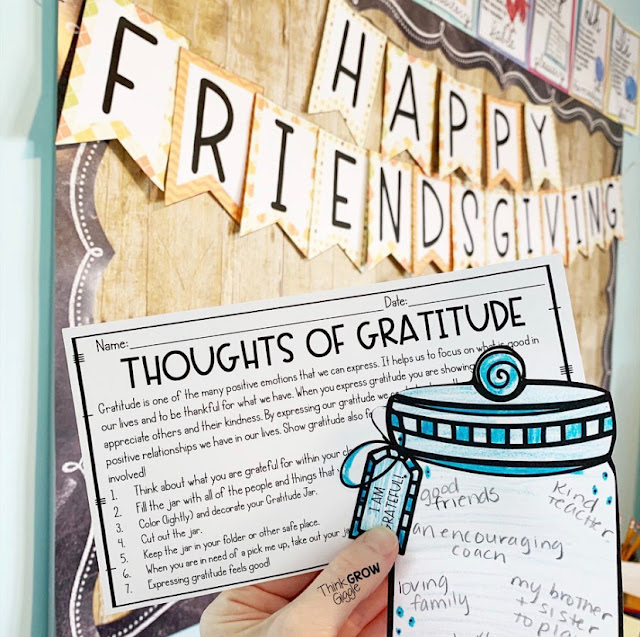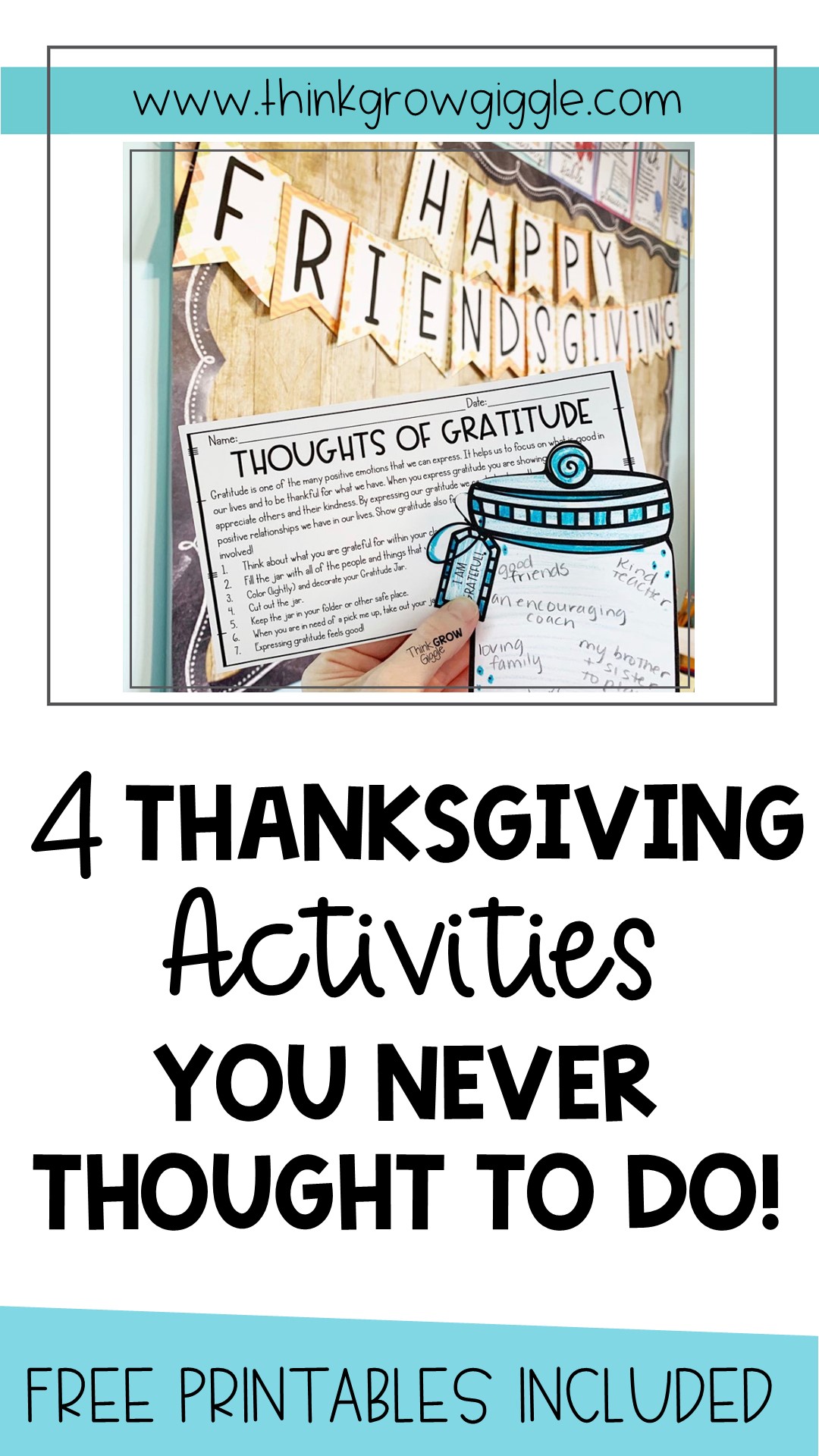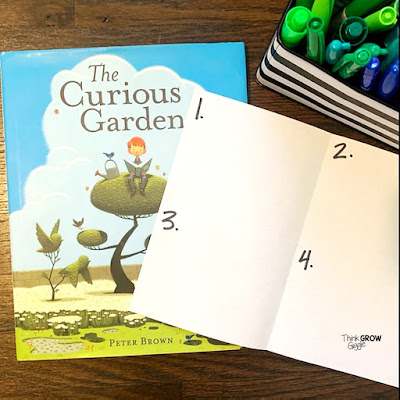These lesson ideas, resources, and tips will help you engage students with Christmas alternatives this December. And the best part is that these activities and ideas can be used all winter long. So if you do not finish a project before leaving for the holiday break, you can just pick it back up when you return!
Celebrate the Season of Giving with Kindness
The holiday season is the season of giving, so use this time and month to focus on being kind! It is the perfect time to issue a Kindness Challenge to your students! I love using kindness challenges in my classroom. These rip off kindness challenge tasks will keep your students spreading good cheer all month long...and all year long, too!
These are so easy to use! Simply print, hang in a high traffic area, and encourage your students to rip off a kind deed and put it into action. There is also a blank page so that you (or your students) can write in kind deeds that you would like to be done in your classroom community. Grab this Kindness Challenge for FREE at the bottom of this post.
Since this is a great month to spread kindness these ideas and FREE resources can help!
Celebrate the 12 Days of Winter
December countdowns are so much fun to do, but how about a winter-themed countdown instead of one filled with Christmas goodies and themes? My kids love completing these 12 winter-themed activities to help countdown before holiday or winter break. Since activities are generic winter activities like blizzards and building snowmen I know that every child in my room can participate and feel included. #teacherwin
And bonus...they make perfect bulletin board displays that can be left up for all of the winter months! Yay!
Get Cozy Reading with Winter Titles
Getting cozy in a reading corner is the best way to spend December days with students. My favorite winter-themed read alouds are perfect to share during reading and writing lessons, during snack, after recess, or anytime you want to share a good book! Read my top five list of winter read alouds and grab some fun free activities to use with each book!
Looking for fun and engaging video read alouds to rotate into your reading time? Head over to Storyline Online and find some fun winter read alouds like this one: Henry Holton Takes the Ice.
Seasonal Topics to Motivate
There are so many fun and engaging seasonal topics that your students will LOVE learning about that have nothing to do with holidays, yet are perfect to use during December and all winter long!
Get kids writing...
My favorite hands-on December activity involves wrapping gifts! Bring in some material and have students figure out how to wrap a gift! This non-holiday gift wrapping how to writing project always has my kids laughing as they write and try to figure out how to wrap the perfect gift! It is perfect for the week before school gets out. Other fun winter writing topics include:
- How to Make Hot Cocoa
- Winter Would you Rather? Opinion Writing
- Family Traditions and other Nonholiday Specific Writing Prompts
Get kids reading...
Reading seasonal material is another great way to get students engaged! I love to use informational reading passages to tie together science and close reading strategies, and when it is December we read all things winter! Activities like these make me feel confident that we are meeting standards AND having fun at the same time! These are my class favorites:
Get kids thinking...
Problem-solving projects are a great way to keep students learning over a few days. I love giving students projects during the month of December. It keeps engagement high and students excited to come to school each day. These real-world projects are always my students' favorites!
Who doesn't love a December freebie...
Whether you celebrate the holidays or not, these FREE resources will save you time and keep your students engaged and critically thinking all month long!
Make December a time of inclusivity for all of your students by celebrating events and topics that all students can appreciate and be included in! Celebrating kindness, family traditions, and all things winter make it easy for all students to feel important and included in your classroom.
Want to celebrate Christmas in your classroom?
Be sure to teach about other popular December holidays, too!
Suggested Reading:
*affiliate links: “Think Grow Giggle is a participant in the Amazon Services LLC Associates Program, an affiliate advertising program designed to provide a means for sites to earn advertising fees by advertising and linking to Amazon.” (source: Section 5)












